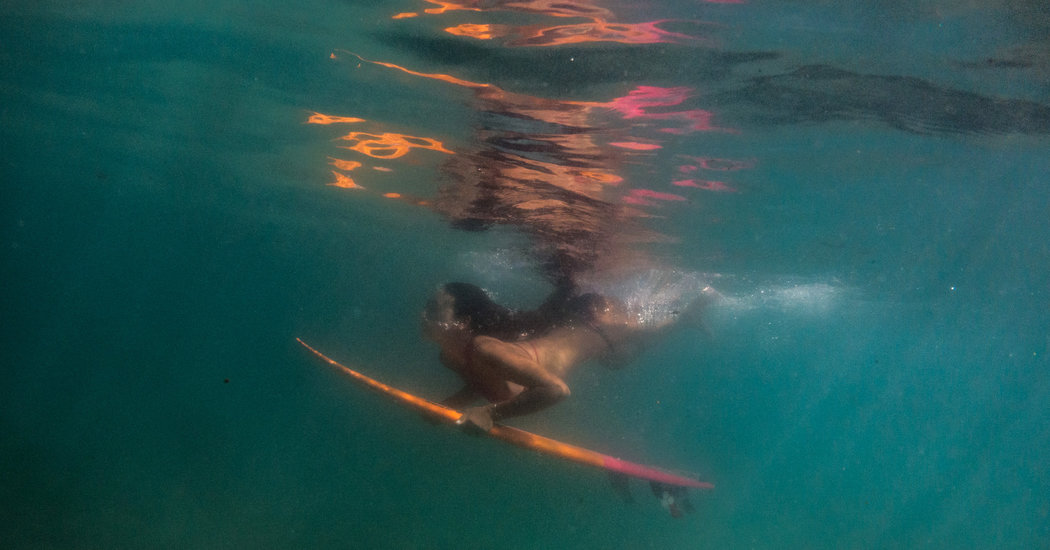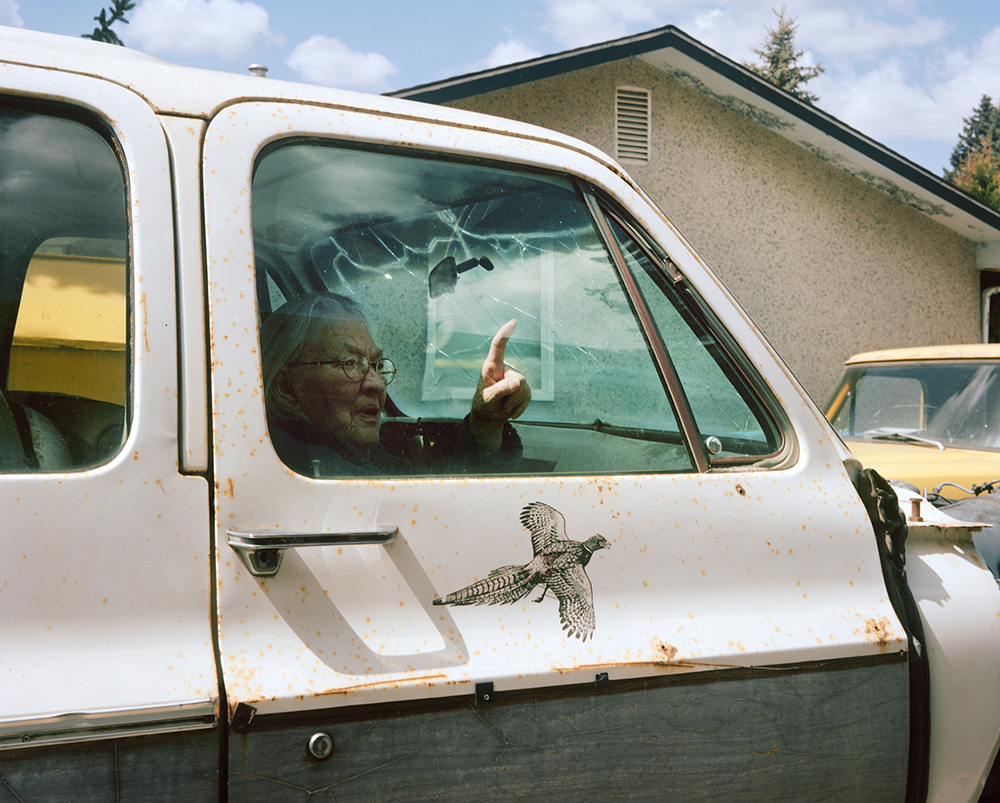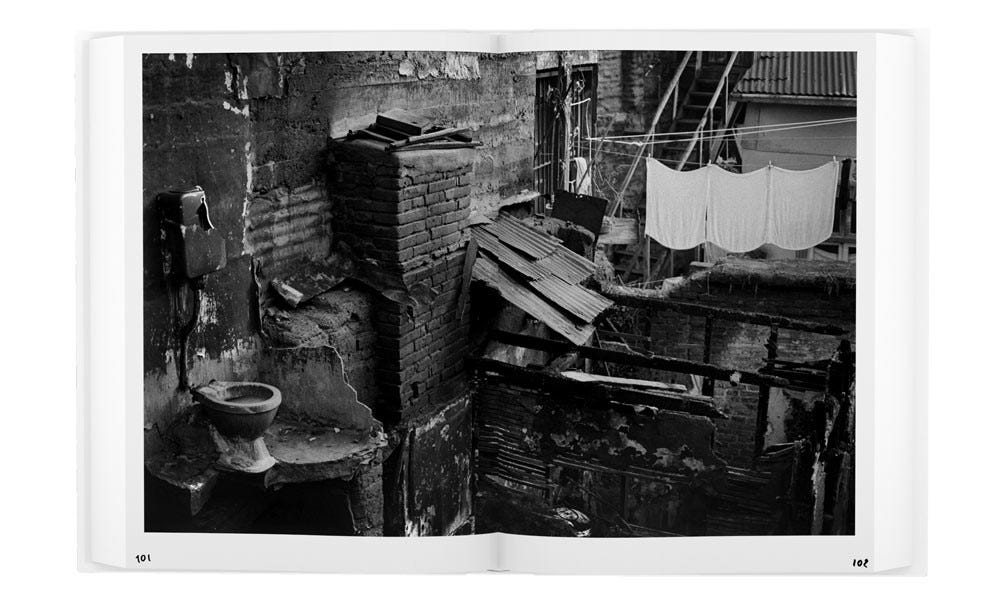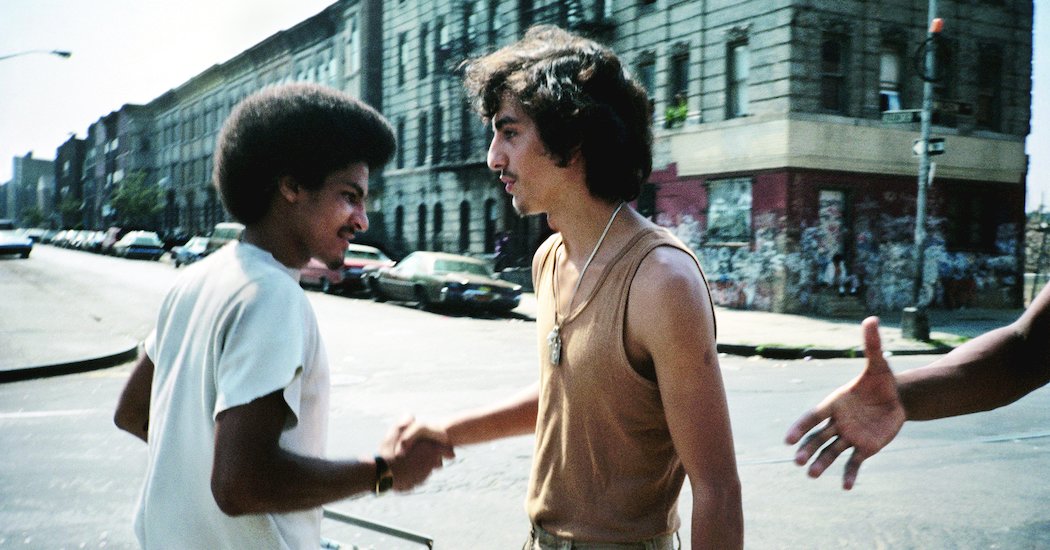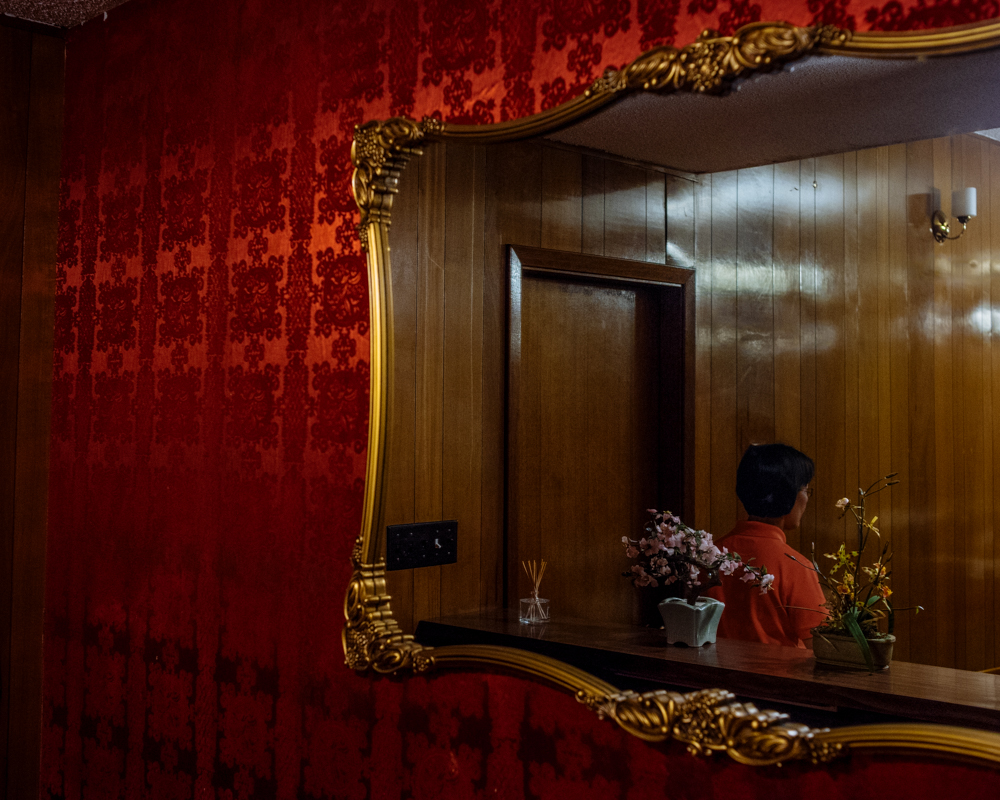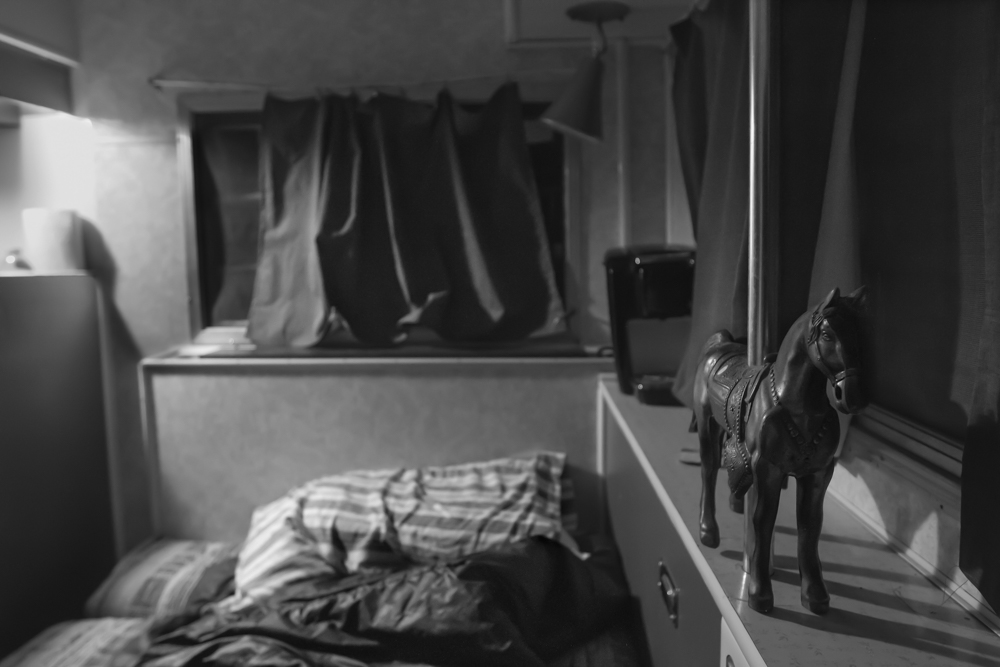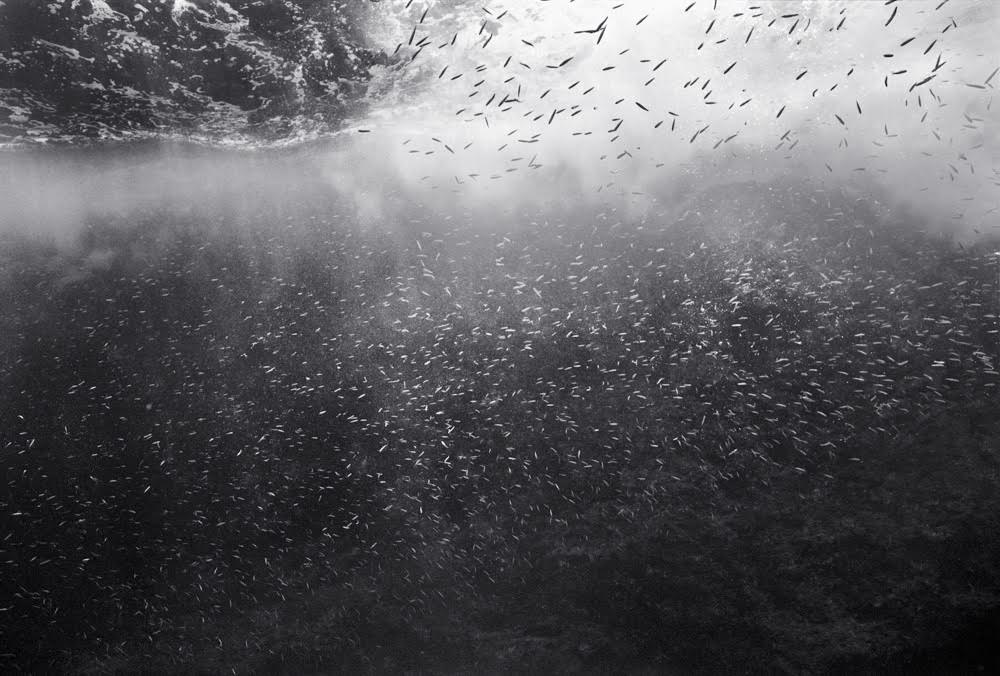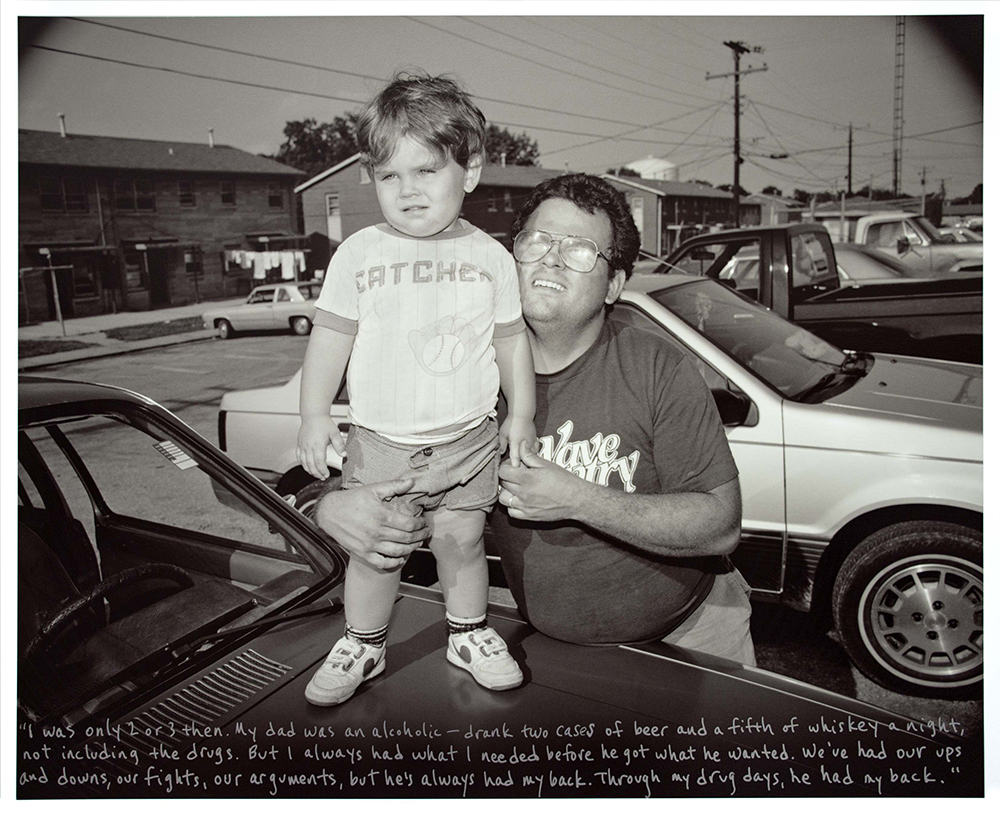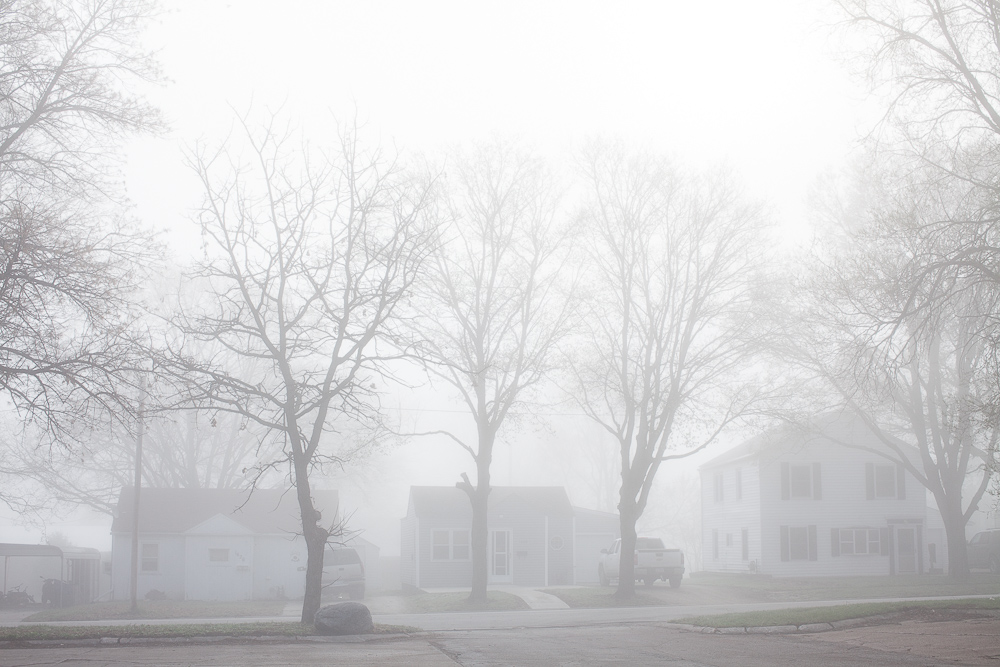At Home and on Assignment in Guam
For most of the year that Nancy Borowick has lived in Guam, no assignments had come her way. North Korea changed all that.
via Lens Blog: https://archive.nytimes.com/lens.blogs.nytimes.com/2017/08/23/at-home-and-on-assignment-in-guam/
After a year of small-town American life with a twist of tropical island paradise, Nancy Borowick finally felt at home in Guam. She had become a certified underwater scuba diver, picked up needlepoint as a hobby and had taken photos mainly to show her friends and family the unusual mixture of island life and military culture in United States territory.

